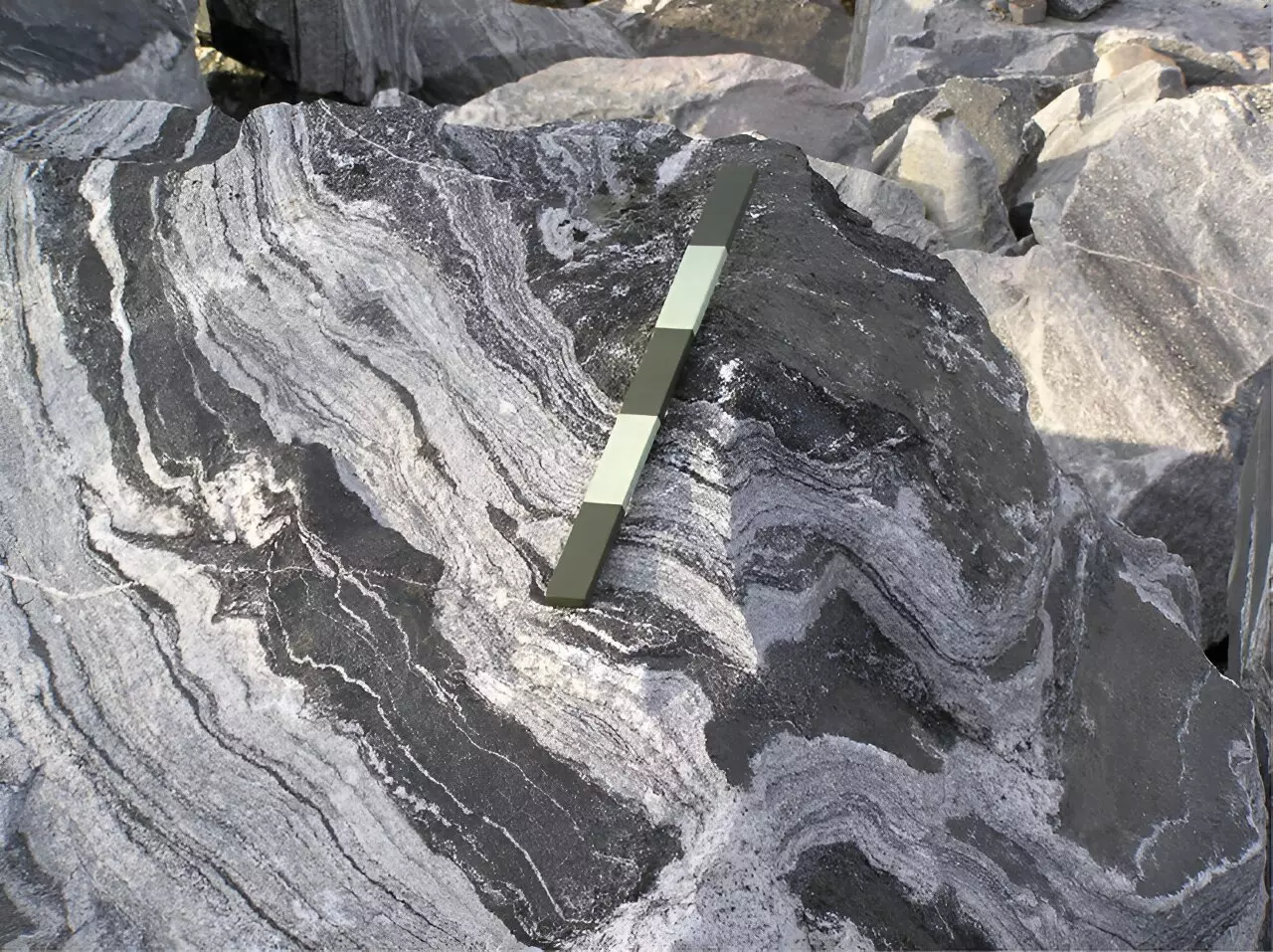Geoscientists have made a groundbreaking discovery that sheds new light on the enigmatic process of continent formation. Contrary to popular belief, this revised origin story reveals that the development of continents did not require the start of plate tectonics or any external factor. Instead, internal geological forces within oceanic plateaus during Earth’s early history played a crucial role. Published in Nature Communications, these findings reshape our understanding of the Archean Eon, a period 4 billion to 2.5 billion years ago, and provide insights into the building blocks of Earth’s early crust.
A primary challenge in comprehending how continents formed during the Archean Eon has been identifying the building blocks of Earth’s early crust. Research shows that the Archean crust largely consists of three distinct types of granitoid rocks called tonalite, trondhjemite, and granodiorite (TTG). These rocks played a crucial role in the formation of the Archean crust, but understanding their origin has been elusive due to the complex geological processes that occurred over millions of years.
Earlier investigations focused on analyzing the trace element composition of these rocks in hopes of uncovering clues about TTG magmas and their source. However, the extensive alterations and changes that took place over time made it challenging to trace their original state and source. Dr. Matthijs Smit, an associate professor at the University of British Columbia, and his research team found a solution. They tracked a specific set of trace elements that remained unaffected by alteration, allowing them to preserve the signatures of the original magma responsible for creating new TTG crust.
Dr. Smit’s team made an intriguing revelation about the connection between TTG rocks and everyday life. He states, “Funnily enough, many people have varieties of this type of rock as a kitchen countertop. In a way, many people are preparing their dinner on the type of rock that was responsible for making our modern continents.” This unexpected link highlights the significance of TTG rocks and underscores their impact on our planet’s geologic history.
The continental crust we see today still contains remnants of the Archean TTG crust. In North America, for example, these rocks primarily make up the Canadian Interior, stretching from the Cordillera mountain belt in the west to the Grenville and Appalachian mountain belts in the east. Archean crustal fragments, dominated by TTGs and their slightly younger granite counterparts, constitute significant portions of Ontario, Quebec, Manitoba, Saskatchewan, Northwest Territories, and Nunavut.
By developing a simple and comprehensive model, Dr. Smit and his team offer an exciting explanation for the formation of TTGs and related rocks. Their model suggests that TTGs, as well as the younger rocks typically associated with them, resulted from the slow burial, thickening, and melting of precursor crust that resembled oceanic plateaus. Continents developed as a consequence of this continuous burial and melting process, which produced the TTGs needed for their long-term survival and growth.
The groundbreaking discovery made by the UBC researchers challenges the long-standing theory that Archean TTGs formed in Earth’s first subduction zones, marking the onset of plate tectonics. Dr. Smit explains, “There’s always been a ‘chicken-and-egg’ question of which came first—the start of plate tectonics or TTG magmatism to make new continental crust. We show that these things may actually not be directly related.” This newfound understanding removes the need for alternative mechanisms, like meteorite impacts, to explain the growth of the first true continents.
To arrive at their conclusions, Dr. Smit and his team conducted an extensive study that utilized data from all TTG samples ever analyzed. These samples, collected from Archean cratonic fragments across the globe, were scrutinized by researchers over a span of 30 years. By filtering out local anomalies and addressing analytical issues, the study unraveled the actual trends in composition captured by the rocks. The researchers employed a large volume of data available in the open-source Geochemistry of Rocks of the Oceans and Continents geochemical data repository hosted by the Georg-August-Universität, Göttingen.
This pioneering research opens doors to new perspectives and insights into the formation of Earth’s continents. By highlighting the role of internal geological forces, we gain a deeper understanding of the complex processes that shaped our planet billions of years ago. Dr. Smit’s work paves the way for future studies, invigorating the field of geoscience and further unraveling the mysteries that lie beneath our feet.
The findings published in Nature Communications revolutionize our understanding of continent formation. By uncovering the internal forces that played a pivotal role, geoscientists have rewritten the origin story of our world’s continents. Through innovative research and rigorous analysis, we continue to uncover Earth’s hidden secrets, expanding our knowledge of its complex geological history.


Leave a Reply